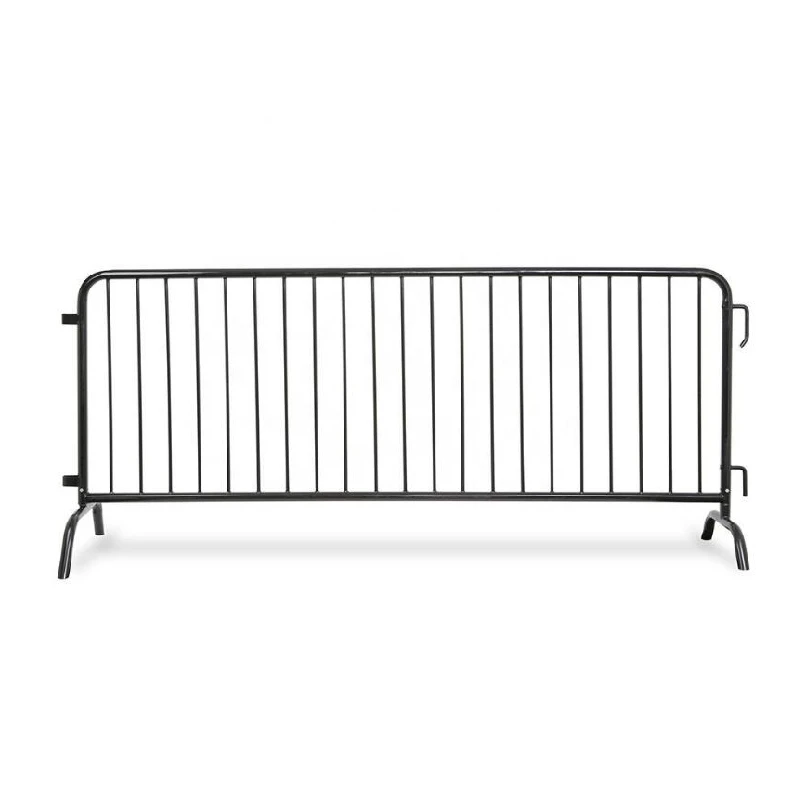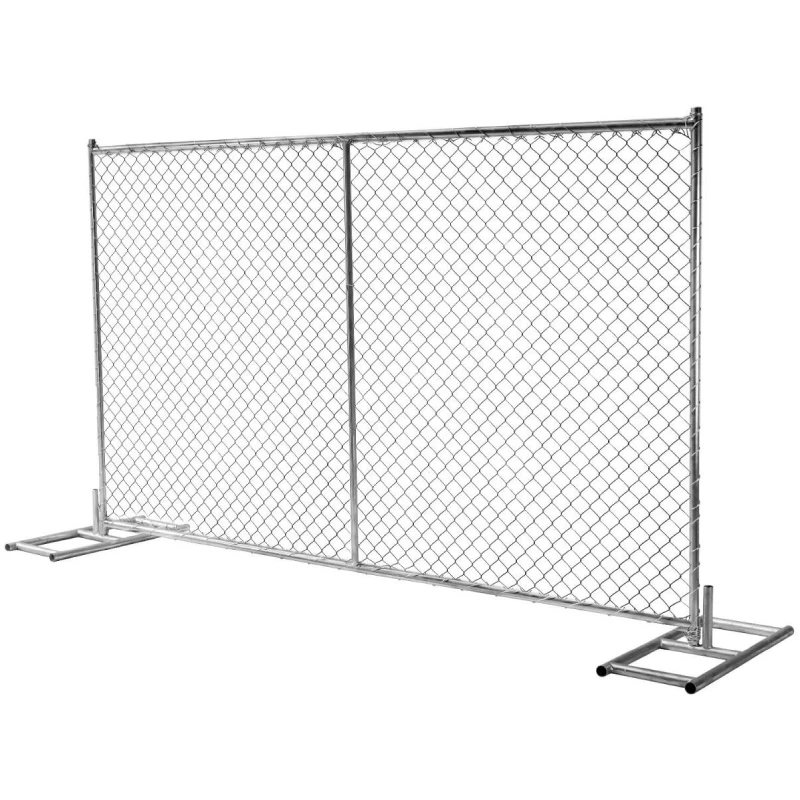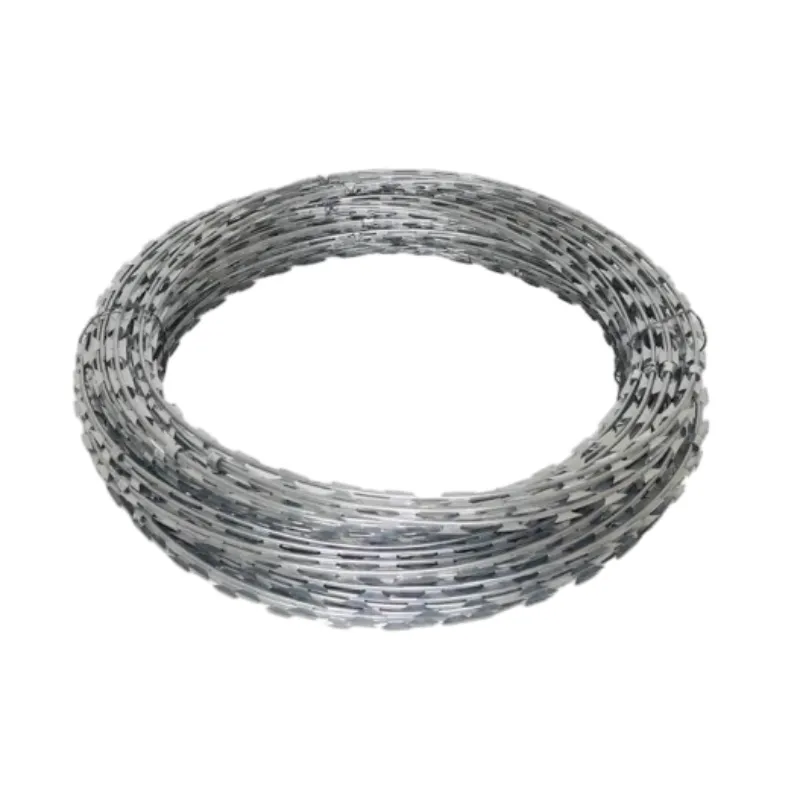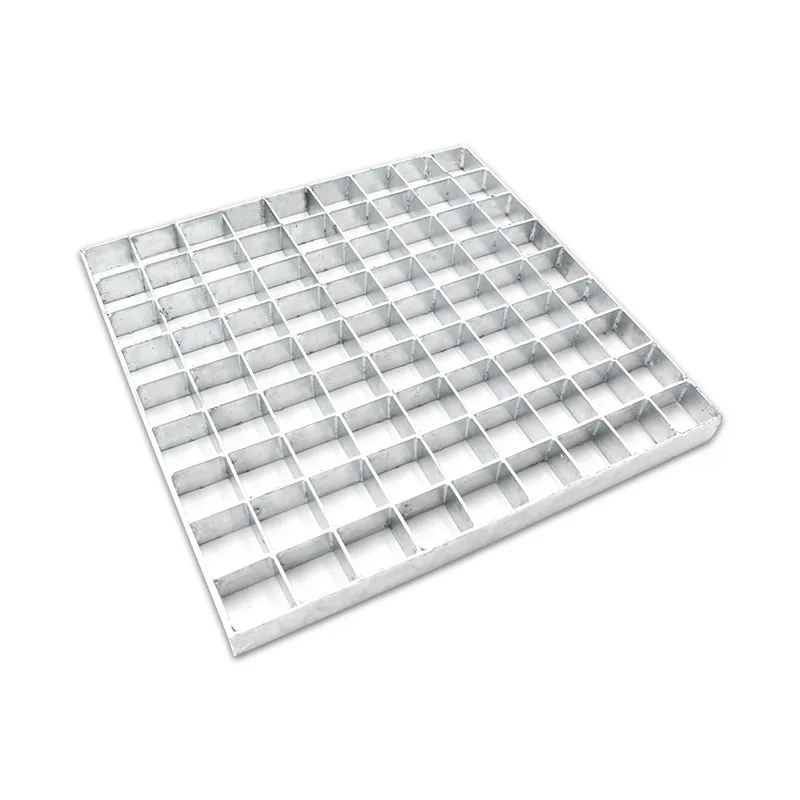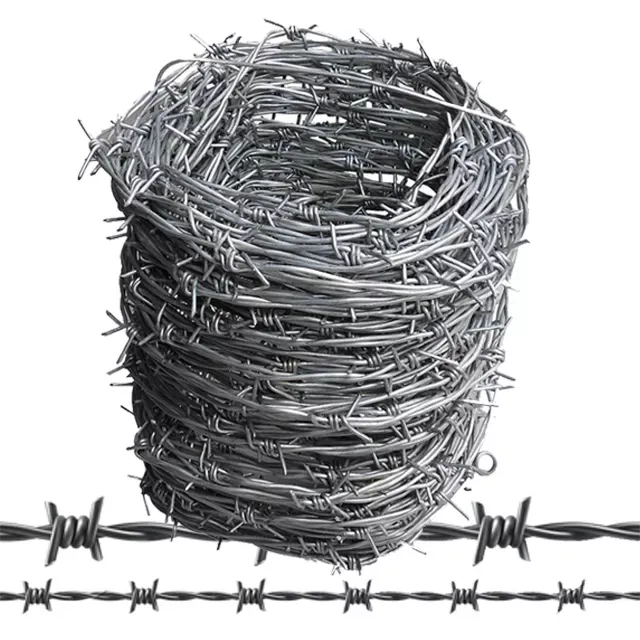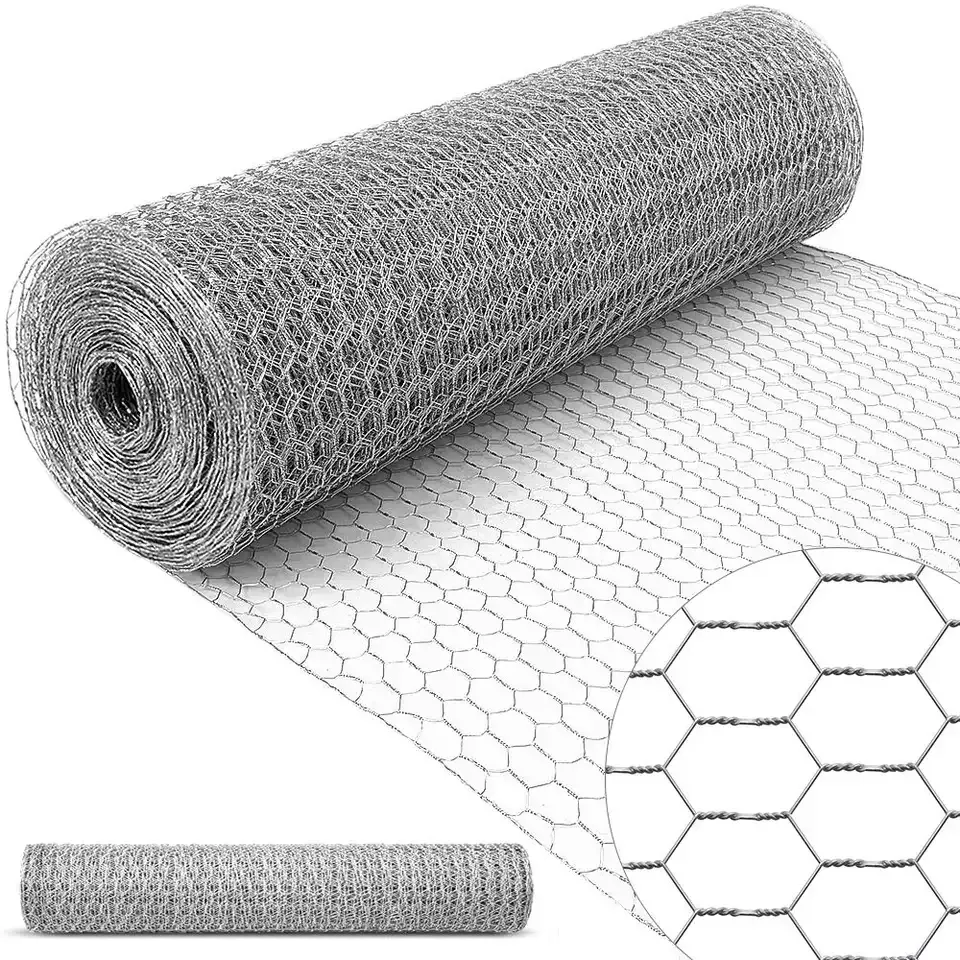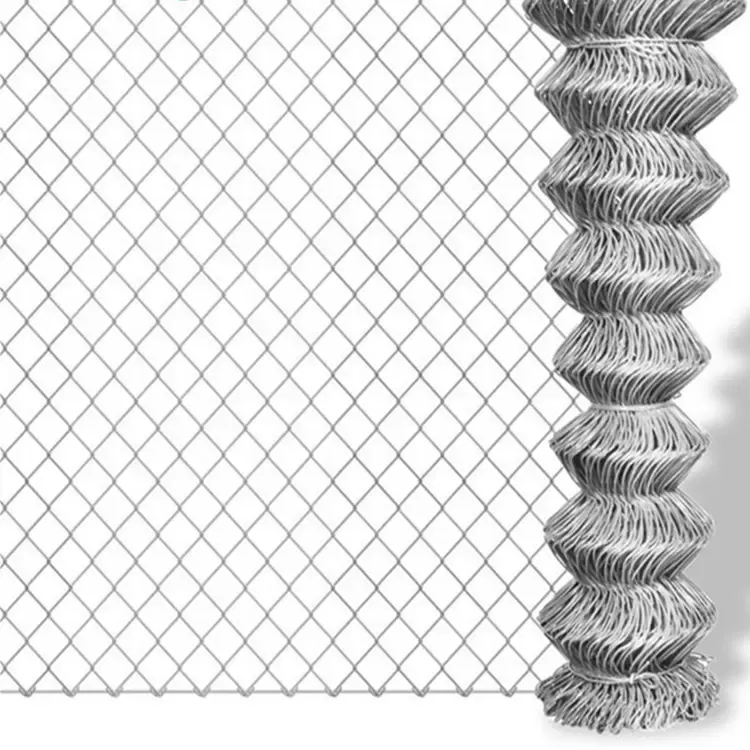
- Afrikaans
- Albanian
- Arabic
- Armenian
- Azerbaijani
- Basque
- Belarusian
- Bengali
- Bosnian
- Bulgarian
- Croatian
- Czech
- Danish
- Dutch
- English
- Esperanto
- Estonian
- Finnish
- French
- Galician
- Georgian
- German
- Greek
- hawaiian
- Hindi
- Hungarian
- Indonesian
- irish
- Italian
- Lao
- Latvian
- Lithuanian
- Luxembourgish
- Macedonian
- Maltese
- Myanmar
- Norwegian
- Polish
- Portuguese
- Romanian
- Russian
- Serbian
- Slovak
- Somali
- Spanish
- Swedish
- Thai
- Turkish
- Turkmen
- Vietnamese
Jun . 01, 2025 11:42 Back to list
High Tensile Fence T Posts Durable & Corrosion-Resistant Solutions
- Understanding the fundamentals of high tensile fencing systems
- Technical superiority: Strength-to-weight advantages explained
- Performance metrics comparison: Top manufacturers compared
- Customization strategies for different agricultural applications
- Economic analysis and installation cost breakdown
- Success stories from real-world cattle operations
- Implementation guide for optimal high tensile fence installation
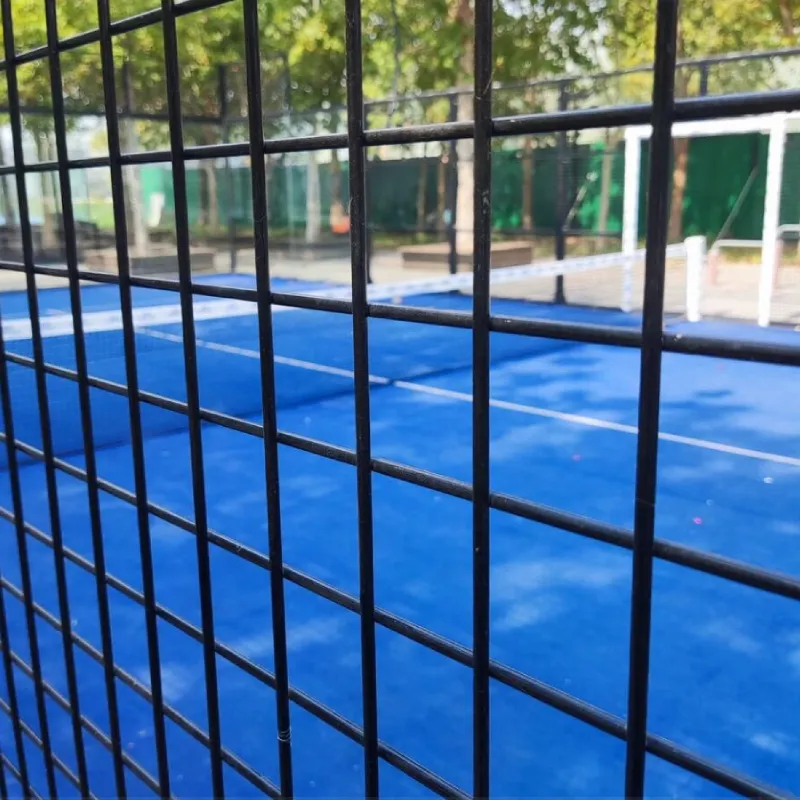
(high tensile fence t post)
Introduction to High Tensile Fencing with T-Posts
The agricultural fencing landscape transformed dramatically with the arrival of high tensile strength materials, particularly when combined with T-post foundations. These systems represent a fundamental shift from traditional fencing approaches by delivering enhanced durability at reduced material costs. Constructed using steel wires with yield strengths exceeding 170,000 PSI (compared to 40,000-80,000 PSI for conventional fencing), high tensile structures maintain integrity even under extreme tension loads.
Central to these systems are T-posts specifically engineered for high tensile applications. Featuring deeper anchor points and thicker gauge steel than standard options, these support structures withstand longitudinal stresses that would deform ordinary posts. The synergy between high tensile wire and specialized T-posts creates containment barriers with predictable behavior under pressure – maintaining uniform height and tension across thousands of feet despite terrain variations.
Engineering Superiority in Containment Systems
Material science innovations have revolutionized fencing durability metrics. High carbon steel alloys undergo specialized tempering processes to achieve elasticity coefficients that permit 2-3% elongation before permanent deformation occurs. This flexibility proves critical in absorbing impact energy from large animals or fallen trees, returning to original position after stress events rather than breaking or permanently sagging.
Installation protocols for high tensile systems emphasize controlled tensioning at 250-300 pounds force compared to just 50 pounds for traditional fences. This approach leverages material properties where increased tension actually enhances fatigue resistance by minimizing vibration harmonics. Furthermore, automated tension monitoring systems maintain force specifications within 5% variance despite temperature fluctuations up to 180°F range.
Corrosion resistance represents another technological leap. Class III galvanization delivers zinc coatings of 0.80-1.0 ounces per square foot – triple the protection of agricultural-grade fencing. Independent testing confirms maintenance-free service life exceeding 30 years even in coastal environments with salt exposure, outlasting standard fences by 400%.
Manufacturer Comparison and Performance Benchmarks
| Specification | AgriCorps | Bekaert | Red Brand | Standard Fencing |
|---|---|---|---|---|
| Tensile Strength (PSI) | 200,000 | 185,000 | 175,000 | 60,000 |
| Wire Gauge | 12.5 ga | 12.5 ga | 13 ga | 14 ga |
| Energy Absorption (Joules) | 250 | 220 | 190 | 45 |
| Labor Hours per Mile | 28 | 35 | 42 | 85 |
| Lifecycle Cost per Year | $78 | $93 | $115 | $240 |
Industry leaders continue advancing fencing technology. The latest innovations include polymer-clad steel strands that combine steel's strength with UV-stable polymer skins, eliminating sharp wire ends that cause injury. These next-generation systems demonstrate 50% greater abrasion resistance in third-party testing while maintaining conductivity for electric applications.
Tailored Solutions for Specific Agricultural Needs
Different livestock species and terrain profiles require specialized engineering considerations. For rotational cattle grazing in hilly terrain, fence designs incorporate graduated wire spacing: 4" spacing at lower sections to deter calves from crawling underneath, expanding to 12" spacing at upper sections. This configuration provides visual barriers while saving 22% in material costs compared to uniform spacing.
High traffic perimeter zones implement a hybrid approach – combining high barbed wire strands at 45° angles with vertical high tensile wires. This multi-plane design creates psychological barriers that reduce charging behavior by 60% in temperamental breeds according to Texas A&M behavioral studies.
Specialized T-posts address unique installation challenges. For rocky soils, double-helix anchor models increase pull-out resistance by 300% compared to standard ribbed designs. Permafrost regions benefit from insulated ground sleeves that prevent frost heave while maintaining electrical continuity in electrified systems.
Economic Analysis and Installation Variables
Initial investment analysis reveals significant advantages for high tensile systems despite premium material pricing. Standardized installation protocols enable construction rates 2.3 times faster than conventional fencing, largely due to reduced post spacing requirements. Where traditional wire fences require posts every 8-10 feet, high tensile systems function optimally at 16-20 foot intervals.
The labor component demonstrates even greater divergence. Professional installation crews report completing approximately 400 linear feet per day with high tensile systems versus just 130 feet with conventional fencing. This efficiency translates to approximately 58% lower installation expenses even before calculating lifecycle savings.
Maintenance factors fundamentally alter long-term ownership costs. High tensile cattle fences require tension adjustments just once every 18-24 months compared to quarterly maintenance for low-carbon alternatives. Repair frequency data indicates a 16:1 advantage, with high tensile installations needing intervention just 0.7 times per mile annually versus 11 repairs for standard fences.
Success Stories in Livestock Containment
The Miller Angus Ranch near Calgary serves as a compelling case study. After transitioning their 7-mile perimeter fencing to high tensile T-post systems, they documented:
- 89% reduction in breach incidents
- 23% decrease in veterinary bills
- $11,200 annual savings in maintenance
- Pasture utilization efficiency increased 18%
Similarly, Ohio's Wellington Stock Farms transformed problematic terrain into secure grazing areas using curved-line fencing techniques. By installing high tensile wire along elevation contours with specialized curved-line braces, they converted previously unusable slopes into productive pastures. This engineering solution delivered 37 additional grazing acres without clearing new land.
Implementing High Tensile T-Post Fences for Cattle Containment
The transition to high tensile systems begins with precise property mapping using GPS technology to identify critical stress points. Certified fencing contractors recommend installing permanent braces at 1,000-foot intervals and temporary braces every 500 feet during initial tensioning operations.
The critical installation sequence ensures proper structural development:
- Position T-posts at 16-20 foot intervals along survey lines
- Install corner braces with 8-foot deadmen anchors at 45° angles
- String wires with temporary tensioners at 10% below target force
- Gradual tensioning progression from end braces inward
- Final tuning after 72-hour settling period
This methodical approach preserves material integrity while establishing optimal functional geometry. Producers report immediate behavioral changes in herds as cattle recognize and respect the consistent barrier. For maximum effectiveness, incorporate periodic visual markers and implement strategic training programs for replacement heifers using temporary wire offsets. With proper installation, high tensile fence systems for cattle establish secure containment boundaries that deliver decades of reliable service with minimal maintenance.
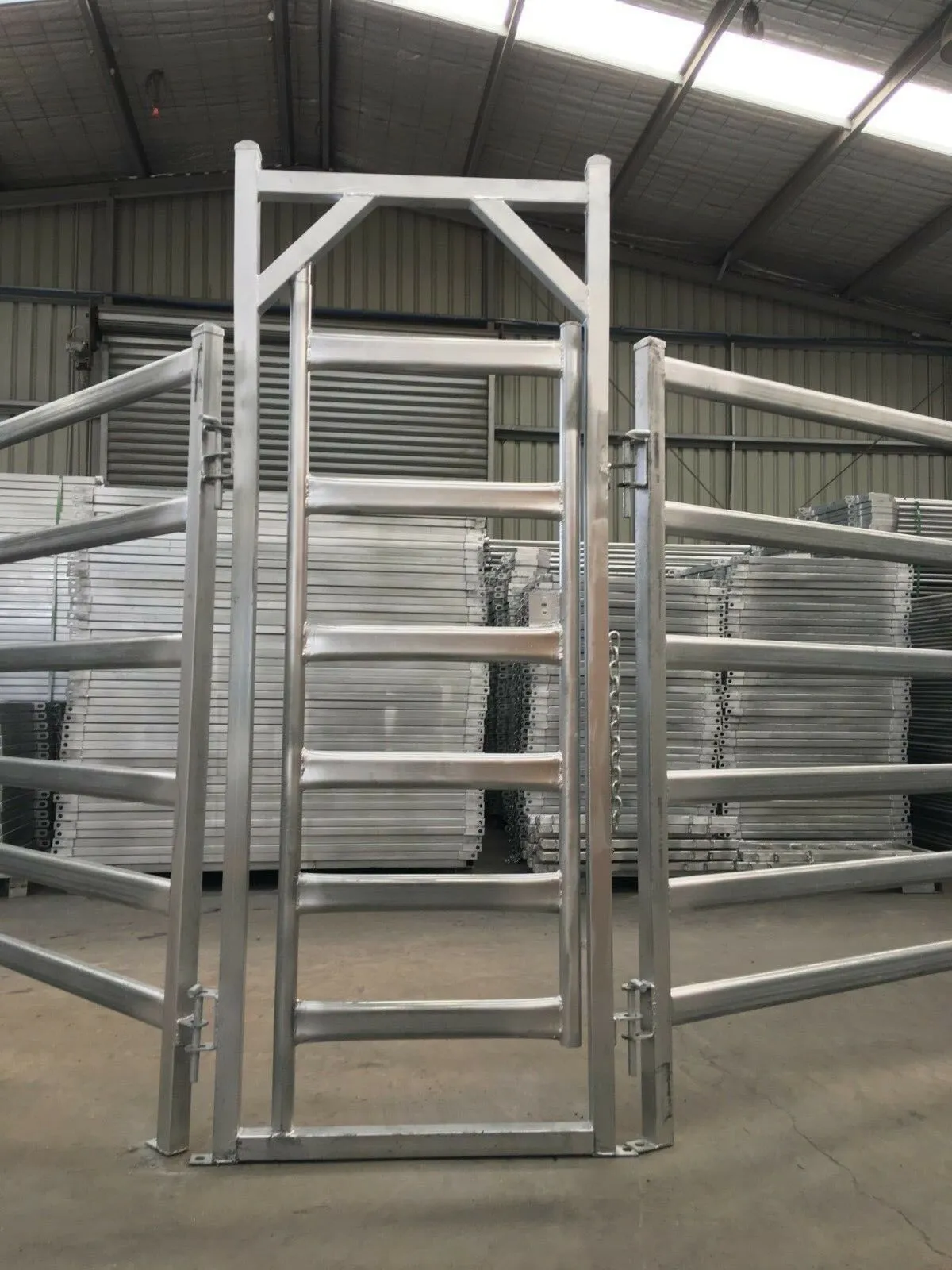
(high tensile fence t post)
FAQS on high tensile fence t post
Q: What is the best way to install a high tensile fence T-post?
A: Ensure the T-post is driven 18-24 inches into the ground using a post driver, spaced 8-12 feet apart. Attach the high tensile wire with gripples or staples, maintaining consistent tension for stability.
Q: Can high tensile barbed wire fence be used for containing cattle?
A: Yes, high tensile barbed wire is effective for cattle but requires proper tensioning and spacing. Pair it with sturdy T-posts and braces to prevent sagging and ensure safety.
Q: How does a high tensile fence for cattle differ from standard fencing?
A: High tensile cattle fencing uses stronger, thicker wire and tighter tension to withstand animal pressure. It often includes additional horizontal wires and spacing adjustments to deter pushing or leaning.
Q: What are the advantages of high tensile fence T-posts over wooden posts?
A: High tensile T-posts are more durable, rust-resistant, and easier to install. They provide superior support for tensioned wire and require less maintenance compared to wooden posts.
Q: How often should I inspect a high tensile barbed wire fence?
A: Inspect the fence every 3-6 months for loose wires, damaged T-posts, or vegetation interference. Regular maintenance ensures optimal tension and longevity of the fencing system.
-
Why Welded Gabions Are Redefining Modern Landscape
NewsAug.18,2025
-
Padel Court for Sale
NewsAug.18,2025
-
Modern Open Gable Trellis System
NewsAug.18,2025
-
Guide to Durable and Efficient Fence Post Solutions
NewsAug.18,2025
-
Durable and Affordable Y Post Fence Solutions
NewsAug.18,2025
-
Construction Projects with Reliable Gabion Solutions
NewsAug.18,2025


